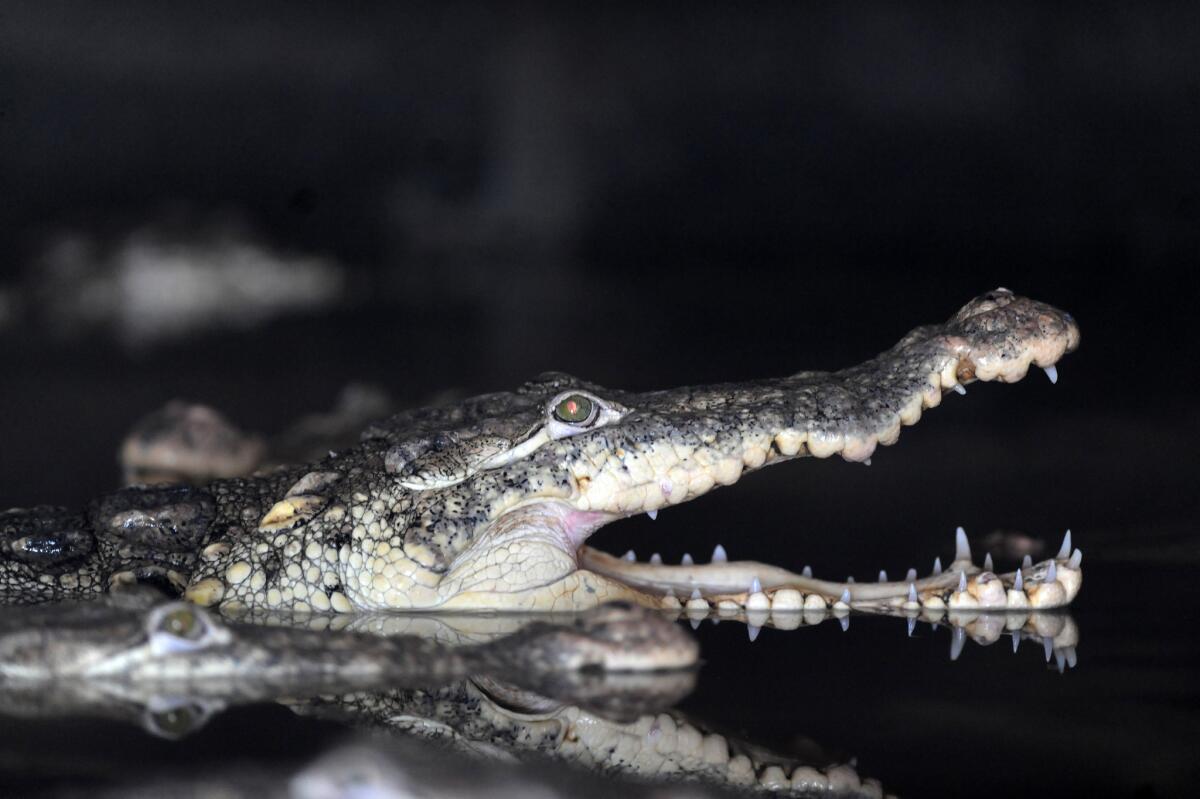Crocodile jaws are more sensitive than human fingertips

Crocodile and alligator jaws are covered with an array of tiny sensors that make them more sensitive than a human fingertip, according to a paper published Thursday in the Journal of Experimental Biology. The surprising discovery explains the purpose of the sensors, which was previously unknown.
The tiny bumps, which can be found on the jaws and inside the mouths of alligators and crocodiles -- as well as all over the bodies of crocs -- conceal a vast network of nerve fibers that extend from the skin to the brain via a small hole in the skull. Before now, researchers had used the bumps to tell different species of crocs apart.
Nevertheless, no one had much of a sense of what they did. Some thought they detected how much salt was present in the water, aiding navigation, while others thought they helped the animals detect ripples in the water.
Duncan Leitch and Ken Catania of Vanderbilt University set out to settle the mystery. And when they cut away at one of the small sensors, they found the network of nerve fibers hiding underneath. This suggests the bumps are involved in sensing the world around the animals.
But what, exactly, do they sense? Given past theories about water salinity, Leitch and Catania first tried changing the amount of salt in water around the bump while measuring whether the nerve fibers became active. Nothing. The same was true for changing the electrical field. But when they tickled the sensor with a tiny hair, the nerves immediately became active — and it worked with a touch that we wouldn’t even feel on our fingertips.
All it required, the researchers report, was pressing the sensor down a mere four-millionths of a meter.
To confirm this supersensitivity, the researchers observed crocodiles in a tank and recorded what happened when food brushed against their jaws. They found that the animals snapped their jaws on the food within 50 to 100 milliseconds of contact, an incredibly fast reaction.
Leitch and Catania believe the animals developed these bumps to allow them to be better hunters in the water, and to aid them in caring for their young. Crocodiles and alligators use their jaws to remove young from their eggs and to carry them around, tasks that extreme sensitivity would certainly help.
Return to the Science Now blog.






